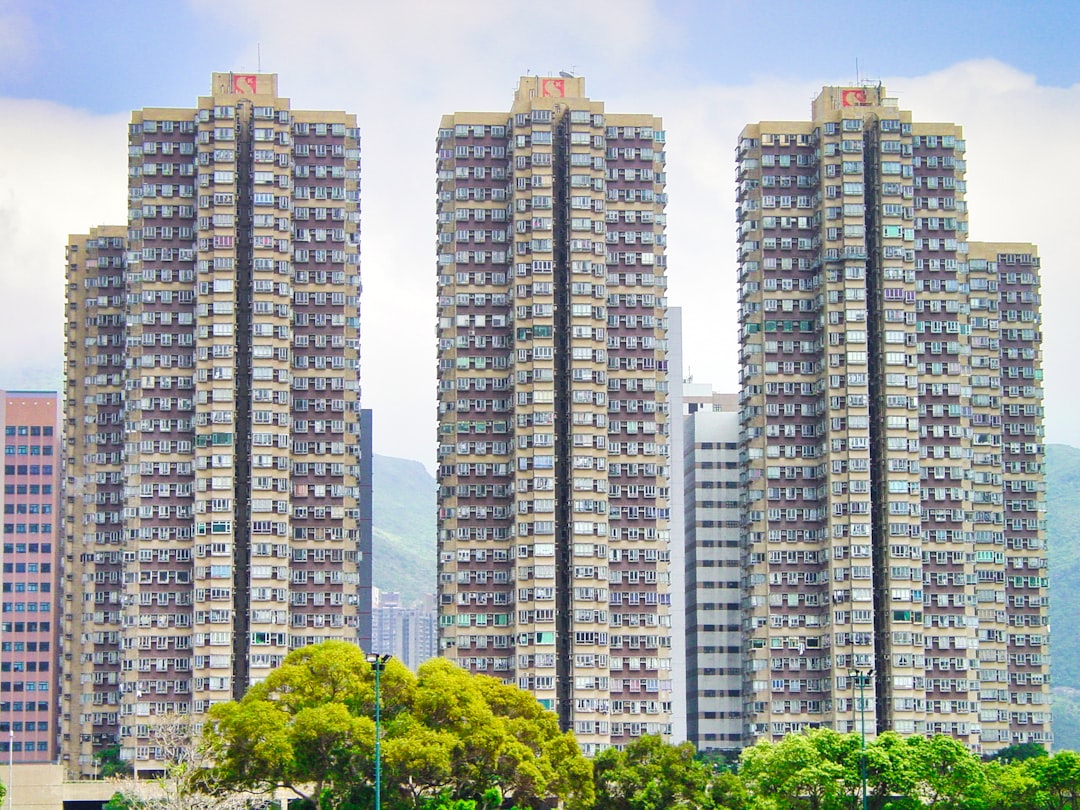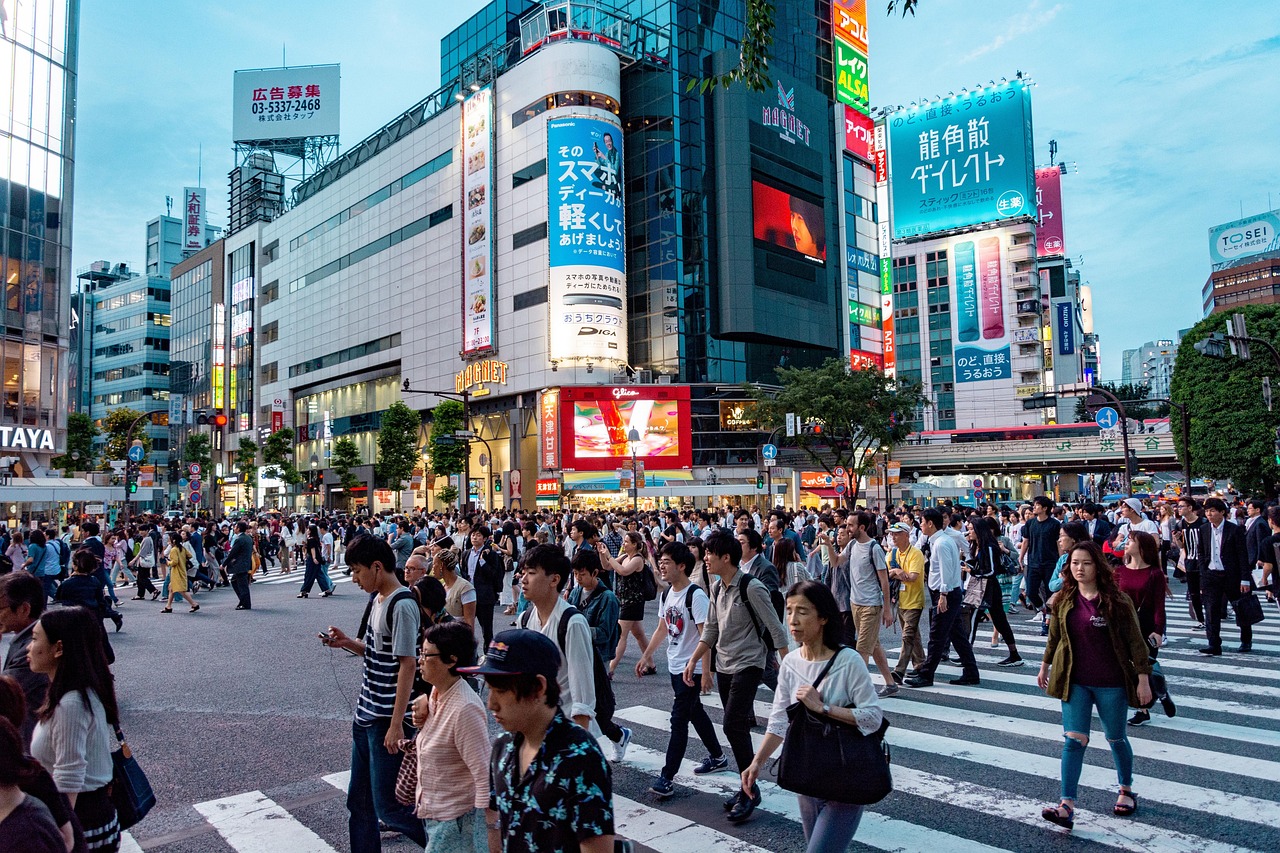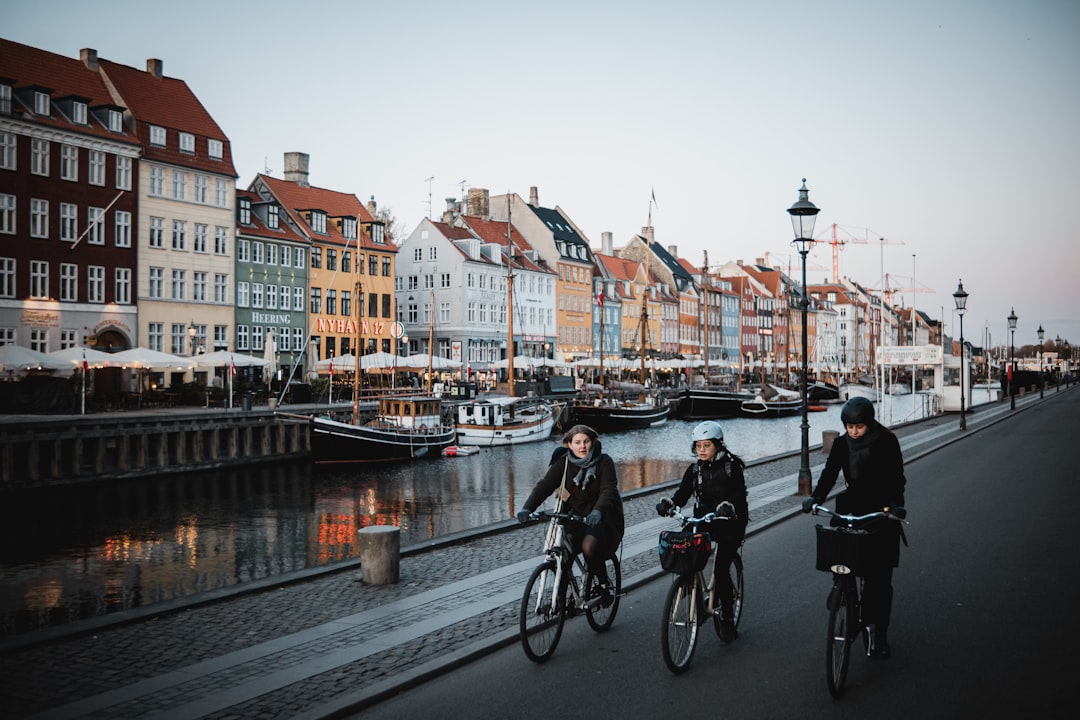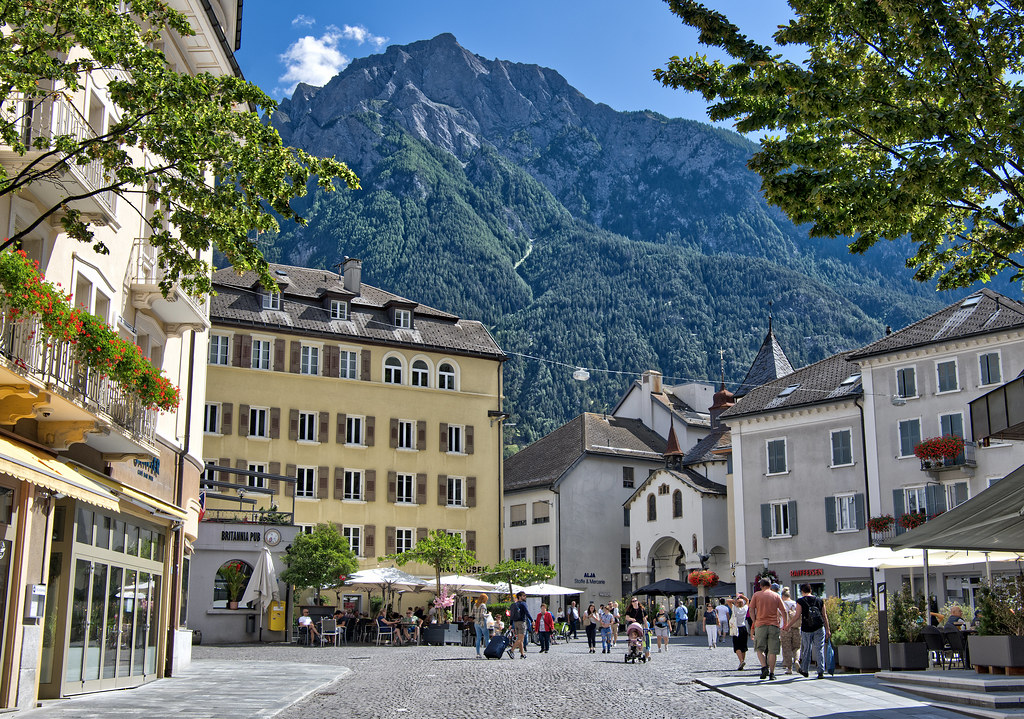Switzerland: Where Affluence Meets High Expenses

Switzerland stands firm at the summit of expensive countries, almost as if it’s the luxury watch of the global cost-of-living world. In 2025, Zurich and Geneva are repeatedly named among the world’s priciest cities by the Economist Intelligence Unit and Mercer’s Cost of Living Survey 2024. Imagine paying over CHF 2,500 (about USD 2,700) every single month for a basic one-bedroom apartment in Zurich. Even the simple joys of dining out or grabbing a coffee come at a steep price—locals often joke that eating out feels like a special occasion every time. But it’s not just housing or food; healthcare, insurance, and education are also notoriously expensive. The Swiss franc’s continued strength against major currencies adds another layer to the expense, making imported goods and travel costs soar. High salaries are common, but so are the taxes and the expectations to keep up with such a posh lifestyle. Switzerland’s breathtaking scenery and safe environment are unmatched, yet it all comes at a cost that surprises even seasoned travelers.
Norway: High Living Standards, Even Higher Prices

Norway is beautiful, but your wallet might feel the chill before you do. The Norwegian krone remains strong in 2025, and Statistics Norway records a 3.5% jump in consumer prices since 2023. Oslo’s average rent for a single-bedroom apartment now hovers around NOK 15,000 (about USD 1,500), making even modest living feel exclusive. Groceries and basic goods are also steeply priced, in part due to the country’s preference for quality and sustainability. Utilities and transportation further push up monthly costs, as Norway’s green policies encourage electric vehicles and renewable energy—great for the planet, but expensive for residents. Taxes are high to fund generous welfare programs, but even after government support, daily life isn’t cheap. Despite all this, Norway’s residents enjoy top-notch healthcare, education, and infrastructure, showing that sometimes, you really do get what you pay for.
Singapore: Urban Efficiency at a Premium

Singapore in 2025 remains Asia’s most expensive urban playground. The Urban Redevelopment Authority reports a 4% rise in property prices over the past year, and now, a central one-bedroom apartment can easily cost SGD 3,000 (USD 2,200) per month. The price of imported food, coupled with high dining and transport costs, means even daily routines can feel extravagant. Singapore’s compact size and high demand for limited land push real estate values ever higher, while its strong currency keeps everything else expensive for newcomers. Locals and expats alike pay a premium for top-notch infrastructure, safety, and cleanliness. Public transport is efficient but not cheap, and owning a car is almost a luxury reserved for the wealthy, thanks to steep taxes and certificate fees. Despite these costs, Singapore’s strategic position as a business hub and its reputation for opportunity continue to attract people from around the globe.
Hong Kong: Where Housing Eats Up Your Paycheck

Life in Hong Kong in 2025 can feel like a financial balancing act, with housing costs swallowing up a massive chunk of income. According to the Hong Kong Census and Statistics Department, rents for small central apartments have shot up by 5% since 2023, with typical monthly rents now exceeding HKD 20,000 (USD 2,550). The city’s famously dense skyline is a sign of its limited space—a factor that fans the flames of real estate prices. Even basic groceries and eating out cost more than in most Asian cities, and while the public transport network is world-class and relatively affordable, everything else seems to carry a premium. Despite these challenges, Hong Kong remains a magnet for ambitious professionals, thanks to its bustling business scene and east-meets-west lifestyle. But for many, the trade-off for living in such a dynamic place is accepting that every square meter comes at a sky-high price.
Japan: Tokyo’s Costly Urban Evolution

Tokyo is a city where ancient temples meet neon skyscrapers—and the cost to live here keeps rising. The Ministry of Internal Affairs and Communications confirms a 3% increase in consumer prices between 2023 and 2025. In central Tokyo, monthly rent for a one-bedroom apartment now averages JPY 150,000 (around USD 1,100), a figure that surprises even locals. Food prices are up, and the cost of everyday essentials like utilities and transportation reflects both inflation and shifting supply chains. Japan’s aging population also influences prices, as smaller working-age cohorts support a growing number of retirees. Yet, despite these growing expenses, Tokyo’s efficiency, vibrant culture, and public services remain a draw. People are willing to pay for the city’s unique blend of order, excitement, and top-class amenities.
Denmark: High Quality, High Cost

Denmark rounds off the list, proving that a focus on well-being is not cheap. The Danish Bureau of Statistics notes a 3.2% rise in consumer prices since 2023, with Copenhagen’s rents for a one-bedroom apartment now averaging DKK 12,000 (about USD 1,800) per month. Food and transportation costs have also crept up, thanks to Denmark’s commitment to organic produce, green energy, and sustainable living. Taxes are high, but they pay for some of the world’s best public services, from healthcare to education. Even so, everyday expenses—from a cup of coffee to heating your home—can feel shockingly high to newcomers. Denmark’s safe, clean streets and unbeatable work-life balance keep it attractive, but it’s a place where you pay dearly for comfort and security.




